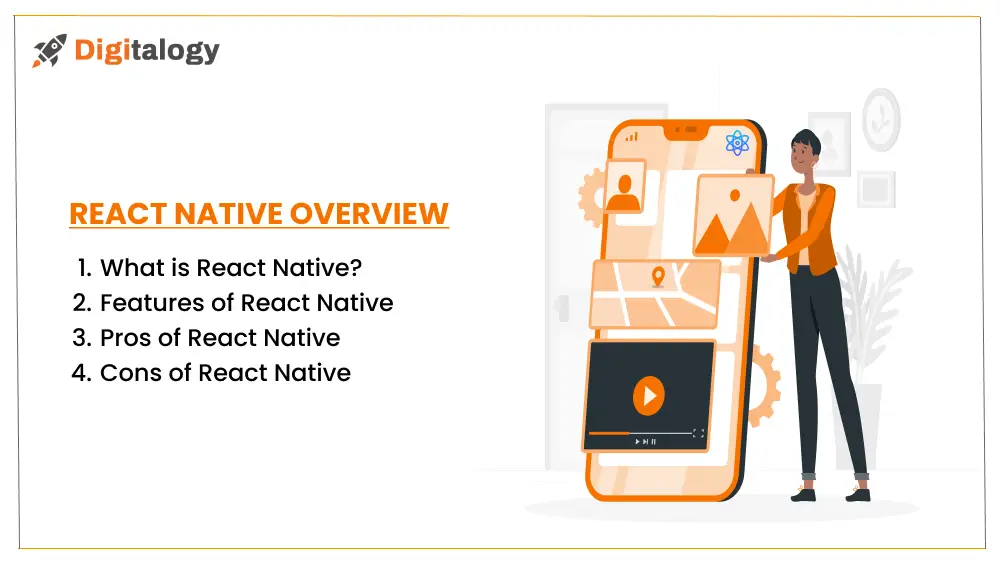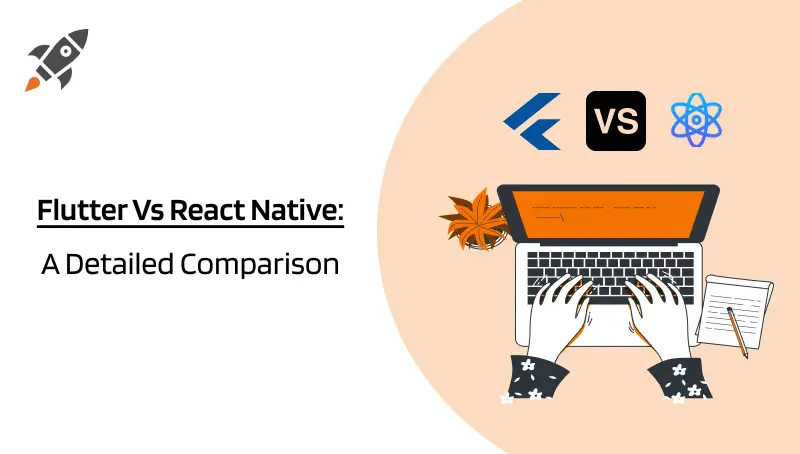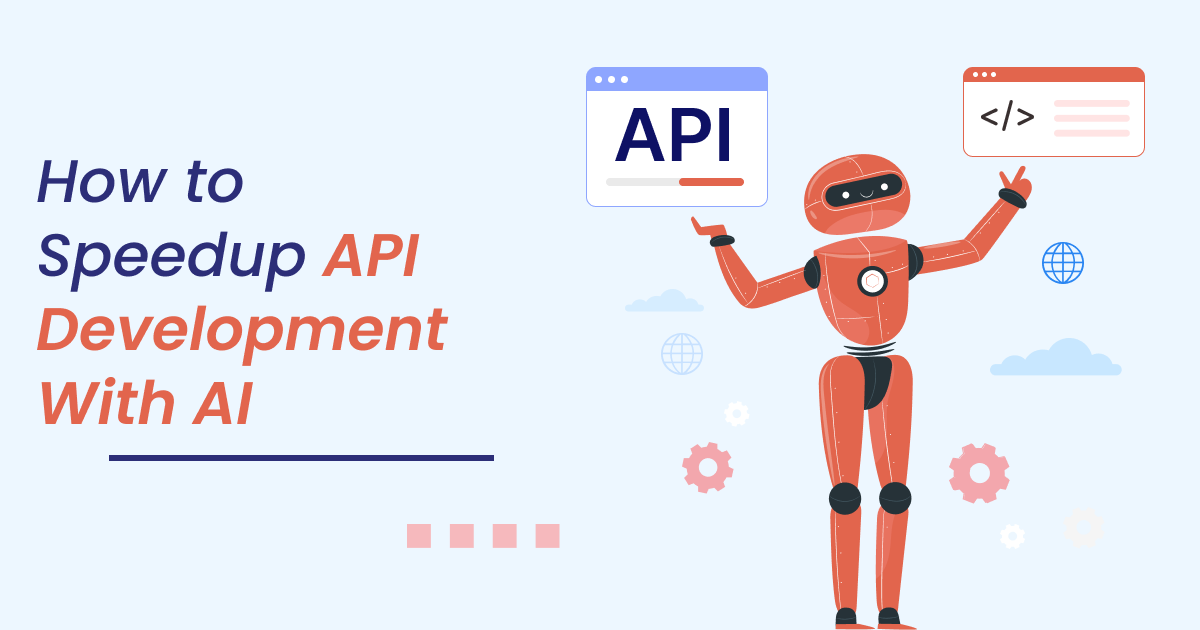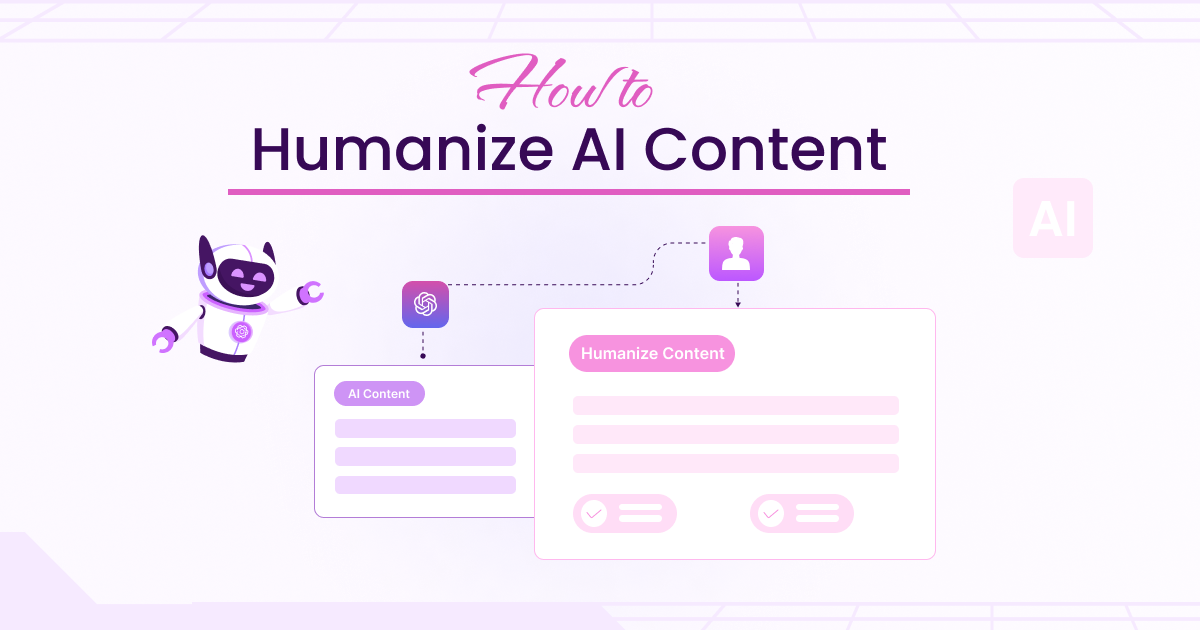In the present day, there are two main hybrid app development frameworks that app developers use. Read this Flutter Vs React Native comparison to find the best one for app creation. To create new apps and become a great app developer, you need to inculcate skills and capabilities in both frameworks.
The share of both frameworks is almost the same, with 42 percent of Android developers choosing React Native and 39 percent of Android developers choosing Flutter SDK for app development.
Flutter Vs React Native: What is Flutter SDK?
Flutter is a cross-platform app development framework designed and floated by Google. The SDK kit was released into the app development sphere in 2017.
Flutter is very popular, and it has grown in popularity with time as well. Developers prefer to use Flutter because it has many features that help in fast and accurate app development.

In the Flutter Vs React Native comparison, you need to first understand the importance of Flutter.
Flutter SDK creates cross-platform apps for mobile use. Cross-platform apps with a single codebase are very efficient because the development company can create apps for multiple operating systems and multiple devices. With these software development kits, companies could enter different sectors of devices, and the devices help you target multiple layers of the audience for app sales.
On March 2, 2022, Flutter 2 was announced, and it had a number of updates and new features that helped app developers create better Android and cross-platform apps.
The Flutter 2 framework uses a single codebase for the development of apps over 5 OS. For example, you can develop apps for iOS, Android, Windows, macOS, and Linux. The framework also targets development for browser-based apps which can be used for Chrome, Firefox, Safari, and Edge.
Therefore, if you want to learn both native app and web app development, start learning the uses and features of Flutter. Flutter is preferred by companies because its use can reduce the number of developers and professionals you need on the job. The automation and speed of Flutter are a welcome addition to the toolbox for app development.
What are the features of Flutter SDK?
- Flutter is open-source
Flutter is a free and open-source app development kit that is used to create new apps. The open-source framework is easy to use and cuts the costs of development.
- Flutter has cross-platform development
Cross-platform development widens your app launch horizon and helps you create apps for multiple devices. The audience segments also broaden with the help of Flutter app development.
The development company does not have to reinvest the money, skills, and time into app development for multiple platforms. The single codebase simplifies the app development process and ensures that you can create apps that are easily marketable.
- Hot Reload
The Flutter SDK has a hot reload feature that helps incorporate changes as soon as possible. In the development process, the developer will introduce some changes in the code base while creating the app.
The hot reload feature helps you reload the app with the changes so that you can create accurate features.
The integration of features is effortless, and this can help you create feature-rich apps. The changes will be reflected in the app framework as soon as they are done. The feature quickens the pace of development and creates apps within a short deadline.
- Accessible native features
The Flutter SDK helps create native apps that are full of integrated native features. The native features work well with the mobile framework and can be used quickly and accurately. You can easily access the SDK on different platforms for development.
- Minimal Code
The development of Flutter SDK apps needs minimal code. The coding process is reduced in complexity, and the creation of the app framework is speedy. The SDK uses Dart programming language, which uses JIT and AOT compilation. The refreshment rate of the UI and back end is very fast, which quickens the development process.
These features are the reasons why Flutter is better than React Native. Read on to find the Pros and Cons of Flutter SDK.
What are the Pros and Cons of Flutter SDK?
In the below section, find the pros and cons of Flutter SDK.
Pros
- Great UI and UX interface– The apps created on Flutter SDK have great UI and UX interfaces. The Flutter SDK apps look great and are very attractive to users.
- Widgets- The apps created by Flutter SDK offer a lot of widgets and increase the application quality.
- Popularity– The Flutter SDK community has been increasing, and many developers have adopted it for app development. The Flutter platform community offers great support to new learning developers.
- Accuracy– The SDK of Flutter creates apps that are accurate and do not need much testing. With fewer errors and issues, testing and improvements are lower in volume. The time spent on testing and improvement also reduces to a great extent. The testing cycle minimizes and also saves a lot of resources during development.
- Both mobile and web apps– The diversity of app development has gone into mobile apps and progressive web apps. Flutter has evolved into a framework that supports the development of mobile and web apps. With the help of this framework, you can create multiple types of apps. The framework can be modified according to your project requirements.
Cons
When it comes to the cons of Flutter, the drawbacks include the Flutter framework’s non-native origin. The apps created with Flutter are heavy on data and size. The Flutter SDK has only limited tools and features.
Read Other Useful Resources– Flutter Vs Ionic | Java Vs Kotlin | Clone Vs Custom App Development | TypeScript Vs JavaScript
Flutter Vs React Native: What is React Native?
React Native is a framework that also takes up cross-platform app development. Apps such as Facebook, Instagram, and Pinterest have been developed with the help of the React Native framework.

In the Flutter Vs. React Native comparison you need to understand the importance of React as well.
React Native framework is very popular, and millions of developers use the React Native framework. React Native framework works on ReactJS language and uses JavaScript to create new apps. The Android and iOS apps can be created with the help of the React Native framework.
Along with Flutter, the React Native framework also creates apps with a single codebase. The platform creates apps with the help of native app components instead of web components. React also builds apps for multiple platforms so that they can be floated for different audience segments.
What are the features of React Native?
There are many features of React Native that make it a popular app development framework.
- Open-source platform
The React Native platform is an open-source framework that is free to use. Any developer who is starting with app programming can use React Native. For the question, “Should I learn Flutter or React Native?”, the answer is you can start with React Native and go into Flutter development practices.
- Cross-platform
The React Native platform creates cross-platform apps that can be used on mobile phones and desktops. Cross-platform apps can be used on different devices and increase penetration of apps across different audience segments.
- High-performance apps
The React Native platform creates apps with a native code compiler. The native code and components create high-performance apps. The React Native framework creates robust and high-speed apps that work across different devices with the same accuracy.
- Third-party libraries
The use of React Native gives developers an advantage, like third-party libraries that support app development. These libraries can easily integrate with the React Native platform for the creation of apps with feature-rich interfaces.
- Fast development pace
Today, it is important to create apps at a fast pace so that apps can be floated as fast as possible. The React Native platform helps create new apps at a fast pace and with accuracy.
What are the Pros and Cons of React Native?
There are many pros and cons of the React Native platform that you can look at when starting to learn the use of React Native.
Pros
- Hot Reload– The React Native platform has a hot reload feature that helps create changes and features of apps.
- Single codebase– The React native platform works on a single codebase for cross-platform apps. The single codebase helps change the features and components for multiple apps easily.
- Reusable code– The React Native platform uses Reusable code, which you can use in components and different features of separate apps.
Cons
The cons of the React Native platform are that the platform is not native and it has many defunct libraries. The UI created by the React Native platform is not entirely robust and can glitch. The cons of React Native are the reason why Flutter is better than React Native.
Read Other Useful Resources– Data Lake Vs Data Warehouse | Ionic Vs Xamarin Vs React Native | GCP Vs AWS-A Cloud Computing Face-Off
Conclusion
‘Flutter Vs React Native– What should I learn?’ This is one of the most asked questions in this scenario. So, if you are still in a dilemma, you should learn about both of these platforms. These two platforms are the top app development frameworks. If you are skilled in app development across different platforms, you can become a successful app developer.
The two platforms have created many robust apps and application frameworks for the public. The Flutter and React Native platforms differ in documentation, features, libraries, and performance pace. There are many similarities between them too. Once you are skilled in one platform, you can further your skills on the other platform for career progression.







